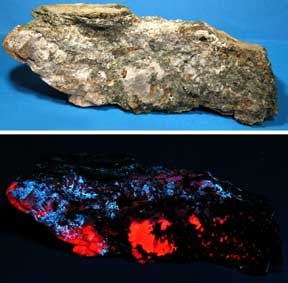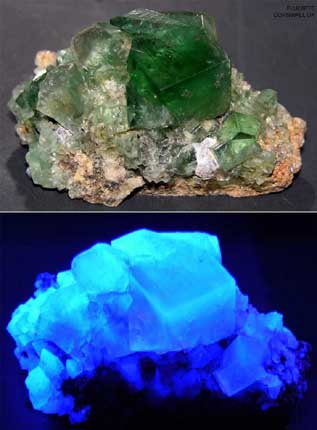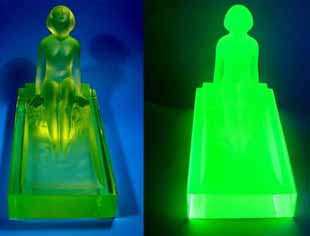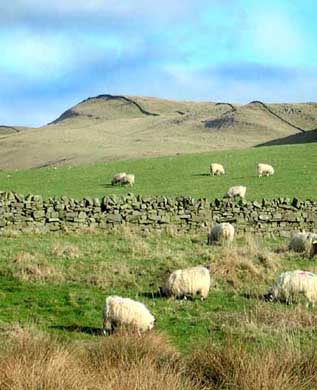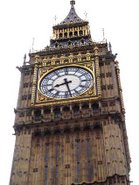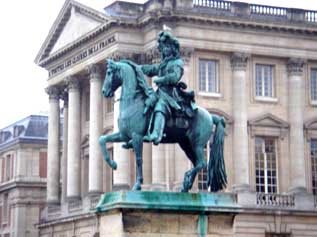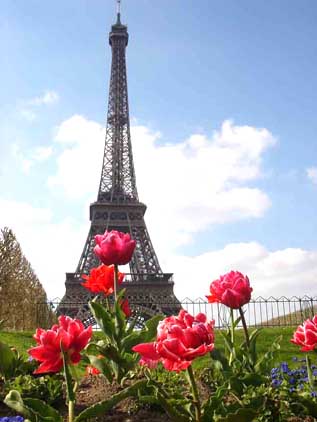Honest Photography
In general snapshot pictures do not lie. Basically photography is an honest medium. This person really did graduate, that couple did indeed get married or have a baby, this politician did get assassinated, or I actually did take that trip to Disneyland, the Grand Canyon, Paris, Rome, or London. This is what cars looked like back in the 1950s. Most snapshots are a kind of record and a proof that the event did really happen.
After a person has been dead only about ten years, often the only thing that still exists of that person is a photograph. If we are really lucky there may be a written biography of one or two paragraphs saved along with the photograph, but even that is rare.
Sometimes photographs capture memorable or striking events like the killings in Northern Ireland or Vietnam. Socially this is an especially valid use of photography.
Extreme close up photography (called macro) can allow us to enjoy and learn from the minutiae of nature. The same applies when a camera is used with a long telephoto lens or in conjunction with a telescope. The photographer is using technology to extend one’s view of nature.
As a photographer you have to go to a certain amount of work to make your photographs lie. But as you get more experienced at photography and get better at using photo editing software, it becomes much easier. There is a genuine temptation to make the colors a good bit richer and deeper than they actually were. High dynamic range photographs often fall into this trap. It is quite easy to take this sort of manipulation to an extremely dishonest level where the picture is no longer an honest representation of reality at all, rather a false front. This is the same type of subterfuge that one sometimes sees in the swagger of self described “artists.” Pretending to be something you are not.
Advertising and marketing are great at this. High definition television increasingly is making the colors of everything appear deeper and more saturated than they could possibly be in real life.
I consider it entirely honest to rotate a picture or straighten it up slightly. The same goes with cropping, and adjusting the brightness and contrast. These are valid tools which help the photographer express the reality of what took place, along with showing its true beauty.
But when a photographer decides to place a full moon in the picture (which was not originally there), or enlarges the size of the moon that was there, or removes the wrinkles from the person’s face, in my view he has moved squarely into the zone of dishonesty. His pictures no longer are an attempt to honestly show reality, rather they start posing as art. And it is very rare to find the photographer who admits to these dishonest manipulations.
-
-
-
-
-
-
-
-
-
-
-
-
-








